Postage stamps featuring Johann Wolfgang von Goethe:
- Germany has issued several stamp series honouring Goethe over the years, including stamps in 1932 for his 100th death anniversary and in 1949 for his 200th birth anniversary.
- In 1999, Germany released a 110 pfennig stamp showing Goethe’s portrait to commemorate the 250th anniversary of his birth.
- Other countries that have featured Goethe on stamps include the German Democratic Republic (East Germany) which issued stamps with his portrait in 1949 and 1982.
- The United States issued a 20-cent stamp in 1969 as part of its Prominent Americans series depicting Goethe’s profile.
- Austria has commemorated Goethe several times on stamps, including a 1932 airmail stamp showing him writing at a desk.
- In 1949, the Soviet Union released stamps depicting Goethe alongside German writer Friedrich Schiller, with whom he had a famous friendship.
- Other countries to honour Goethe on stamps include Romania in 1949, Hungary in 1982, and the United Nations in 2001 as part of its prestigious persons series.
Johann Wolfgang von Goethe (1749–1832) was a German writer, poet, playwright, and natural philosopher, often considered one of the greatest figures in Western literature. His works span various genres and include poetry, drama, prose, and scientific writings. Here are some key points about Goethe:
Literary Contributions
- “Faust”: Goethe’s most famous work, a two-part dramatic poem, is considered one of the greatest works in German literature. It tells the story of a scholar who makes a pact with the devil in exchange for unlimited knowledge and worldly pleasures.
- “The Sorrows of Young Werther”: This epistolary novel, published in 1774, brought Goethe instant fame and is considered one of the seminal works of the Sturm und Drang literary movement. It tells the story of a young artist driven to despair and suicide by an unrequited love.
- Poetry: Goethe’s poetry covers a wide range of themes, including love, nature, and philosophy. His lyrical style and innovative use of language have had a lasting impact on German poetry.
Scientific Work
Goethe was also a keen scientist, with interests in botany, anatomy, and the theory of colors. His book “Theory of Colours” (Zur Farbenlehre) presented his views on the nature of colors and their perception, contrasting sharply with Newton’s color theory.
Philosophical and Cultural Impact
Goethe’s ideas influenced many aspects of 19th-century thought, from literature to philosophy and science. His concept of “Weltliteratur” (world literature) advocated for a literary culture that transcends national borders, promoting a global exchange of ideas and cultural understanding.
Personal Life and Legacy
- Early Life: Born in Frankfurt, Goethe was well-educated and showed an early interest in literature and the arts.
- Weimar Period: Much of Goethe’s professional life was spent in Weimar, where he served as a statesman and director of the Ducal Theatre.
- Legacy: Goethe’s influence extended beyond his lifetime, shaping the course of European literature and thought. His works continue to be studied and celebrated for their depth, creativity, and insight into the human condition.
Goethe remains a towering figure in the history of literature, known for his profound intellectual contributions and his ability to blend artistic and scientific inquiry.

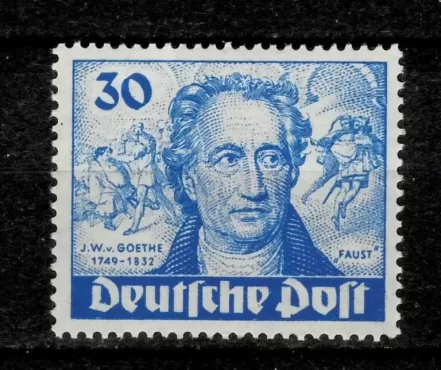
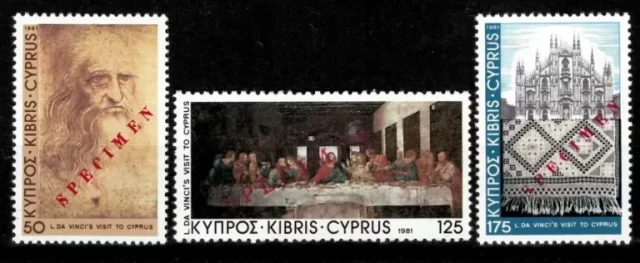
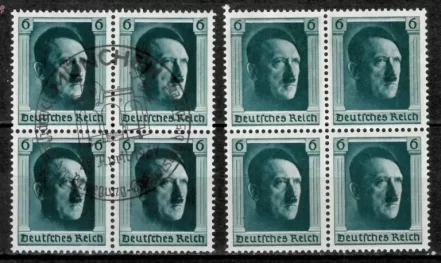

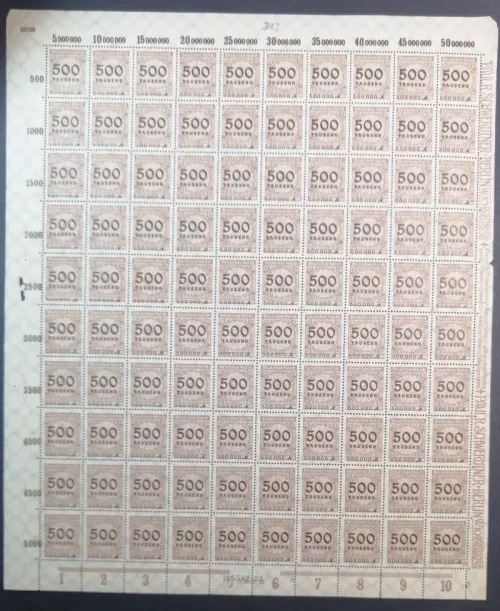
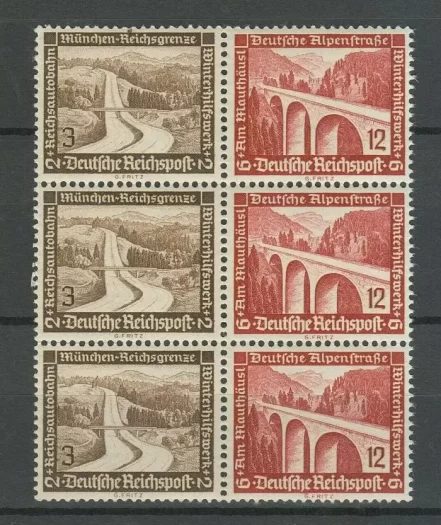
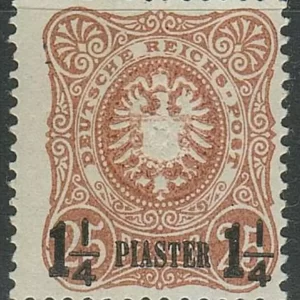
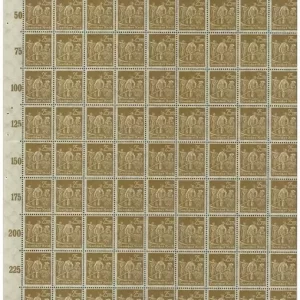
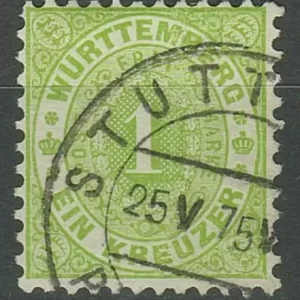
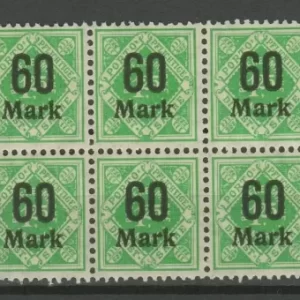
Reviews
There are no reviews yet.